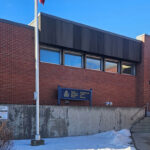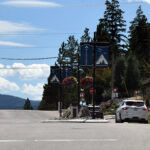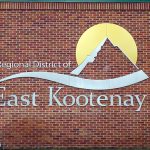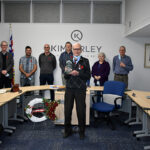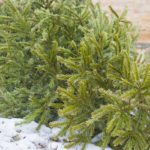Home »
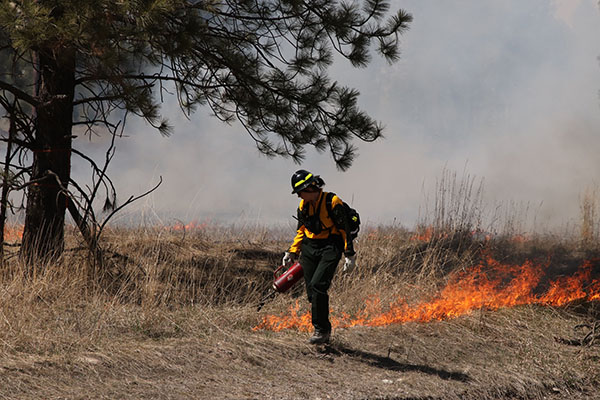
Fire in the Trench: past, present and future
Most years, it’s easy to forget about wildfire in the depths of winter.
In 2020, the horrific stories and images from Australia have kept the topic all too front-of-mind.
Australia. California. Fort McMurray. Kelowna. Waterton. Large, often destructive fires of note in the recent past. Closer to home, the summers of 2017 and 2018 had some of the highest wildfire activity in decades, and predictions are for wildfires to become more frequent and severe in the future. Wildfire is a reality and part of life in western North America and other parts of the world. How we cope with it is up to us.
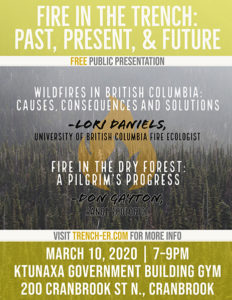 On Tuesday, March 10 in a free evening presentation open to all at the Ktunaxa Government Building gymnasium, Dr. Lori Daniels and Don Gayton will present their work on the past, present and future of wildfire and the use of forest thinning, fuel reduction, prescribed fire and other treatments to help minimize its severity in the Rocky Mountain Trench that we call home.
On Tuesday, March 10 in a free evening presentation open to all at the Ktunaxa Government Building gymnasium, Dr. Lori Daniels and Don Gayton will present their work on the past, present and future of wildfire and the use of forest thinning, fuel reduction, prescribed fire and other treatments to help minimize its severity in the Rocky Mountain Trench that we call home.
Are you Fire Smart? Are you wanting to know more about fire history in the region and what is being done to help us adapt to a changing climate and improve resiliency to wildfire? If so, you’ll find these presentations to be of great interest and importance. Combined, land use change, fire exclusion and global warming have made many forests highly susceptible to intense fires that are difficult to control and spread to large sizes. Revolutionizing forest and fire management will improve ecosystem resilience to climate change, but we will not stop future fires from burning. Successful adaptation must include individuals and communities learning how to live with wildfire.
Dr. Lori Daniels, Professor of Forest Ecology in the Forest and Conservation Sciences Department at University of British Columbia, has worked on fire history in the East Kootenay for many years. She directs the Tree-Ring Lab where she investigates and reconstructs past disturbances like forest fires and insect outbreaks, plus the impacts of climate and humans on forest change.
With her research team at UBC, she is researching wildfires and forest resilience to climate change in the BC interior, Rocky Mountain National Parks and foothills of Alberta.
Lori has served on BC’s Prescribed Fire Council and as an advisor to the 2017 Provincial Flood and Fire Review. She is a member of the Canadian Wildfire Implementation Strategy Team and contributor to the Blueprint for Wildland Fire Science in Canada (2019-2029).
Don Gayton will offer his personal chronology of fire, starting with boyhood experiences and then fast-forwarding to the 1990s in the Rocky Mountain Trench, where learned about fire-maintained ecosystems, First Nations’ use of fire, and contemporary prescribed burning.
From his perspective as a grizzled elder with an edge of humour, Don will recount the people and events that forged our current understanding of fire in our dry forests and grasslands. A consulting ecologist based in Summerland, Don Gayton earned a Master’s degree in Plant Ecology from the University of Saskatchewan, and worked for the BC Forest Service as well as for FORREX. He is the author of six books of non-fiction.
 The evening presentation is free-of charge, brought to you, in part, by the Crown Managers Partnership Forum occurring March 11-12 at St. Eugene Golf Resort and Casino at ʔaq̓am and Canfor. More information on the Forum is available here.
The evening presentation is free-of charge, brought to you, in part, by the Crown Managers Partnership Forum occurring March 11-12 at St. Eugene Golf Resort and Casino at ʔaq̓am and Canfor. More information on the Forum is available here.
Lead image: A prescribed burn in progress at ʔaq̓am outside Cranbrook in April, 2018. Photo by Ian Adams
Rocky Mountain Trench Ecosystem Restoration Program

